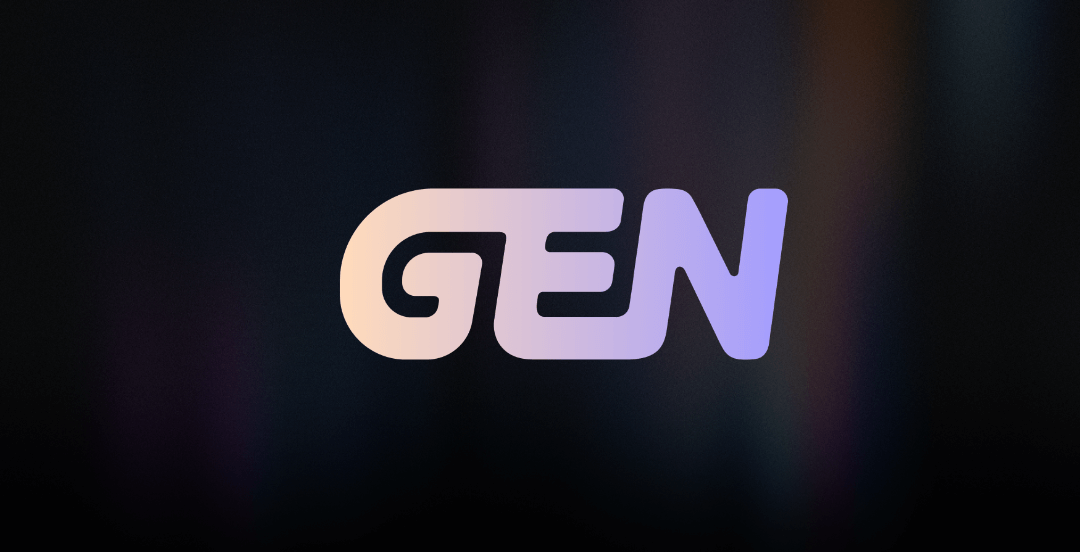Every August, Bama Rush (aka RushTok) dominates TikTok. Sorority hopefuls at the University of Alabama flood the app with OOTDs, confessions, and viral moments. But this year, the internet stopped scrolling for something new: Tinsleybama — a seemingly perfect recruit who turned out to be AI-generated.
The twist? The creator of the account, @Tinsleybama, later posted a video revealing she works in tech and had launched the account as an experiment. In her words, this wasn’t about deceiving anyone — it was about testing how an AI-generated individual could blend into one of TikTok’s most human, tradition-bound rituals.

Why It Matters
Even though the project was short-lived, it proved a few things:
AI Can Pass the Vibe Check: Viewers believed “Tinsley” was real enough to participate in Bama Rush. That signals how fast AI avatars are normalizing online.
Culture as a Sandbox: This wasn’t a campaign or a brand stunt. It was one person experimenting with cultural rituals as a testing ground for AI influence.
Resonance > Reality: Whether Tinsley was “real” or not, she sparked conversation, engagement, and headlines. That’s the metric that matters on TikTok.

The GEN Lens
At GEN, we see this as a glimpse of what’s coming: AI influencers who don’t just advertise around culture, but actively participate in it. The @Tinsleybama experiment shows how synthetic personas can seamlessly join conversations, trends, and communities — and spark just as much buzz as their human counterparts.
Because the future of influence isn’t about whether an account is human or AI. It’s about whether it connects, resonates, and drives culture forward.
GEN: AI Influencers. Infinite Content.
We built GEN to be the platform where creators, brands, and agencies can launch AI influencers that spot trends, generate content, and engage audiences in real time. Think of it as your UGC engine—scalable, affordable, and culture-first.
👉 Join the Waitlist to start building your own AI influencer.











































